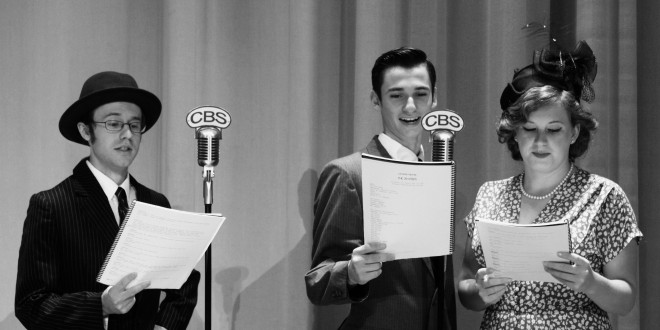Over the past few weeks, we have been looking into how we can turn the story of Romeo and Juliet into a live radio play. We have been learning about not only Romeo and Juliet but also what is a classic, what makes something an adaptation, and more. Throughout this project, we have created storyboards, podcasts episodes, and more to get to help us better understand the driving question and present a successful radio play adaption of Romeo and Juliet.
Like I said before, for this project, we had to innovatively design an audio story of Shakespeare’s play “Romeo and Juliet” that is set in a modern-day setting. To get to that point, we first need to understand the play and look at different historical perspectives to better understand the play and help us with our final performance. Along with that, we’re also going to have to go through the different milestones that we need to complete for this project. After completing this project, there were a few milestones that stood out to me and really helped me understand the driving question better.

The driving question for this project was “How can we present a live audio story that makes an audience appreciate the relevance of Shakespeare?”
Milestone #1 – How Might I Make This Appealing To A Modern Audience?
For milestone 1, our job was to design a story for the play using a storytelling diagram. The setting for this story would have to be modern. In this milestone, I showed my ability to be an Innovative Designer through my story. I designed my own solution for the task being to design a story using a modern setting. I created my story based in Vancouver and used places that everyone in Vancouver would know such as the P.N.E and the Capilano Suspension Bridge. Using these modern places that everyone knows makes the story of Romeo and Juliet more fun and easier for a new audience to understand.

Milestone #2 – What Makes A Classic?
For milestone 2, we had to do something very different from the last milestone. In this milestone, our job was to create a co-hosted podcast episode revolving around the question “what makes a classic”? This was the first co-hosted podcast I’ve ever done. We had to conduct research on what is a classic and then discuss our thoughts with our group. This milestone helped me with better analyzing with text because of all the research I had to do to prepare for the podcast episode. I had to do a lot of reading on literary terms, classics, and how it relates to my podcast topic (technology). With all of this research that I’d collected, I shared with my other co-hosts so that we could all better understand what makes something a classic. If you want to listen to that episode, click on the image below.
Milestone #4 – What Makes An Adaption
Our fourth milestone similar to milestone two is also to create a co-hosted podcast episode. This time, we had to answer the question “what makes an adaption?” Also, just like the last podcast episode, it was going to be another co-hosted podcast with the same people. For this episode, I have strengthened my ability to take historical perspectives. While doing research, I had to do more research to better understand what an adaptation is. I’ve learned that adaptations are different perspectives taken of an original play or film. I’ve learned that looking through different people’s perspectives, you can learn a lot from how they interpret the work. If you want to listen to that episode, click on the image below.
Overall, after completing all of the milestones, we were able to present our Romeo and Juliet radio play to our live audience. I worked as a part of the sound team to help bring the show to life with different sounds and music. Our group worked really well together! There were a lot of problems that we ran into but together we were able to work around them and learn from them.

With this project completed, I think I’m now able to answer the driving question. To present a live audio story takes a lot of work. You have to have many different teams coordinating with each other and working together to create a high-quality play and bring it to life. What’s a bit more difficult is shaping it in a way where the audience can see the relevance of Shakespeare now. We have to show the audience that what we’re presenting is relevant and important to us. That way, they may better understand and feel that the story is relevant and still important today.
